Hanfu Truth: 6 Questions for Fans and Critics
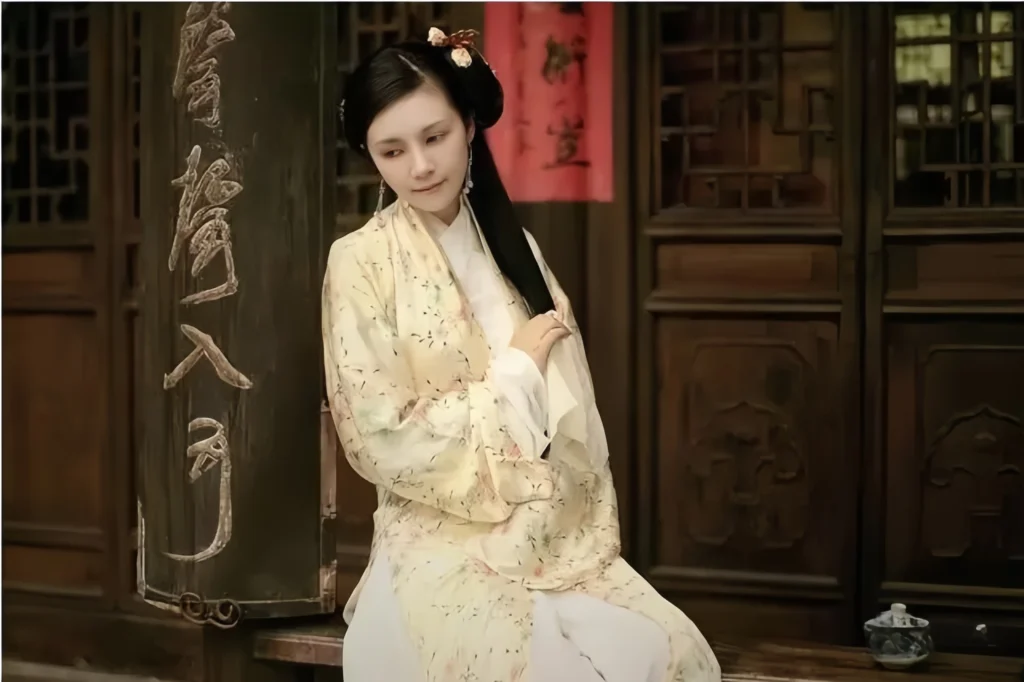
1. Is Hanfu the clothing of the Han Dynasty, or of the Han ethnic group?
Answer: On the surface, “Hanfu” can be short for “Han Dynasty clothing,” just like “Tang clothing” for Tang Dynasty or “Ming clothing” for Ming. But in today’s Hanfu truth and revival movement, Hanfu refers to the traditional clothing of the Han ethnic group — the everyday wear of Han people (Huaxia) when they ruled China. Though styles changed across dynasties, Hanfu identity kept core features that set it apart from other ethnic clothing. These consistent traits create a connected system — not totally different each era. Without this, there’d be no unique Chinese clothing culture to revive, and no point in bringing Hanfu back.
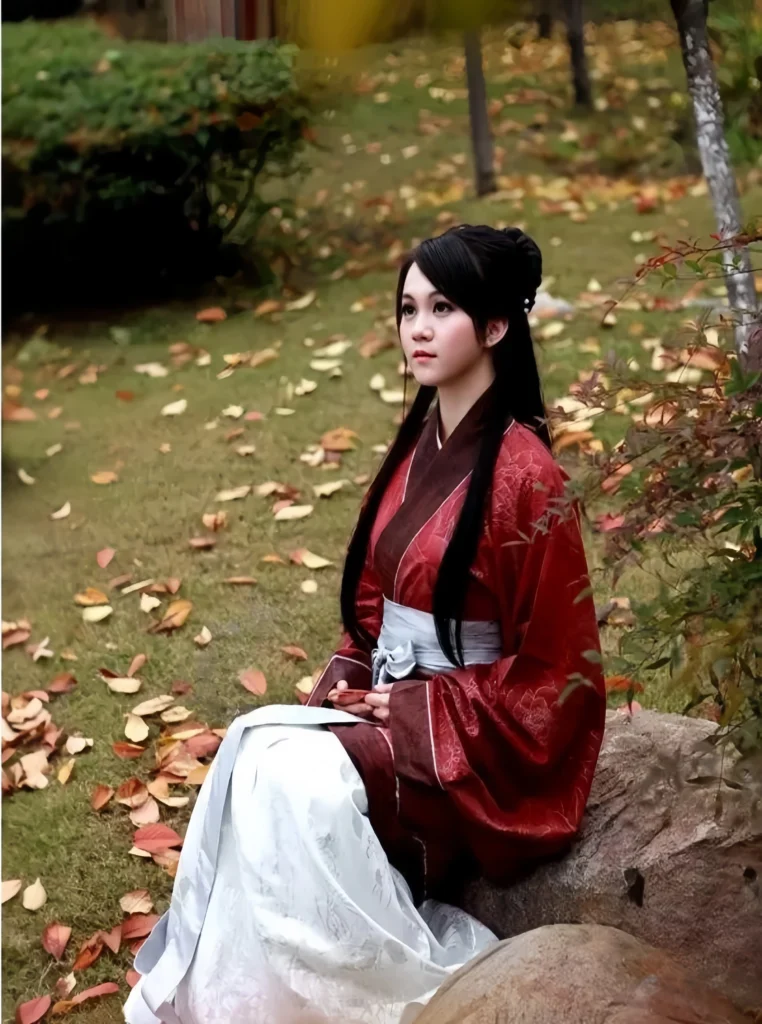
2. Why did Hanfu disappear?
Answer: Invasions don’t just take land and resources — they force cultural assimilation. Japan once made Chinese kids learn Japanese language and history. Similarly, the Yuan and Qing dynasties pushed hard to blend all peoples, including Han, into their rule. Yuan was short and brutal, so Han resistance stayed strong. As a major global ethnic group back then, Han people weren’t fully assimilated. But the Qing ruled over 300 years, with long peaceful periods. People grew loyal to the government, and slowly, many Han traditions faded without notice — this is the real Hanfu truth behind why Hanfu disappeared.
Conquering hearts is the ultimate victory. Among foreign rulers in China, the Qing were masters at it. But for the conquered, it’s tragic. In a world of survival of the fittest, keeping Hanfu identity and ethnic character is key to a nation’s recognition and strength. A people who accept anything will be absorbed and vanish. Some say, “As long as I live better, who cares who rules?” But global harmony is a dream. Nations fight for advantage — even elimination. You don’t think that way? Others do. The Qing banned Han from high office or marrying royals to control them. If Han people just enjoyed the peace, it’s like the frog in boiling water — unaware until too late.
Luckily, Han is a huge population with deep cultural roots. Fully assimilating them is nearly impossible. Smaller groups? Many are gone from history for this reason.

3. Why are Qing clothing and qipao-style outfits so widely accepted?
Answer: Because the Qing was recent. Its influence runs deep — like how people in their 40s or 50s still feel the shadow of war, even if they didn’t live through it. An era’s impact lasts decades. Those in their 70s or 80s were born 20–30 years after the Qing fell — they grew up with its echoes. People are nostalgic, so missing Qing life makes sense. And qipao? It started from Qing clothing but got modernized into high fashion. Its biggest draw? It flatters a woman’s curves. That’s why it’s loved — a key point in any Qipao vs Hanfu talk.
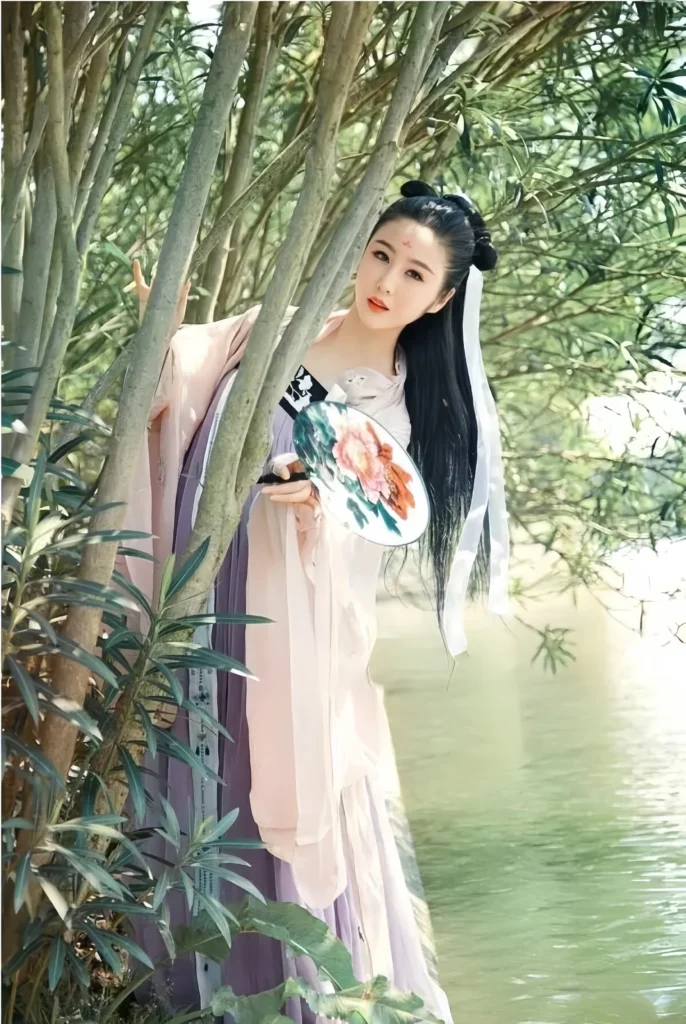
4. Qipao is popular — can it be called Hanfu? If not, should we get rid of it?
Answer: No, and no. Hanfu truth is clear: Hanfu means traditional Han ethnic clothing only. Calling qipao Hanfu would blur the system. Without a unique system, there’s no distinct culture to preserve. So qipao cannot be Hanfu.But qipao is now part of Chinese clothing culture — worn by many ethnicities, with its own beauty, history, and market value. Erasing it would hurt China’s fashion heritage.
Some want qipao as national dress. But it can’t carry that weight:
- It’s too fashion-forward — not formal enough for state events. (Song Qingling wore modest qipao; today’s versions are too sexy.)
- No male version. Pairing it with Qing men’s robes? Too outdated. Zhongshan suit? It’s from Japanese student wear — many reject it on ethnic grounds.
- Too simple and thin. National dress needs weight, layers, grandeur — qipao lacks that.
So qipao’s best role? A stylish Chinese-inspired dress for women who want to show off their figure — not Hanfu, not national dress.

5. What does Hanfu revival have to do with Chinese cultural revival?
Answer: Hanfu revival is just one piece of a much bigger Chinese clothing culture revival. We’ve lost more than clothing:
- Architecture: Cities look the same — where’s our style?
- Language: English fever pushes Chinese aside — should it?
- Food: Western fast food dominates — where’s modern Chinese fast food?
- Music: Pop rules — but traditional singing and instruments (like the Twelve Girls Band) are rising.
Hanfu, like buildings, language, food, and music, is part of Hanfu identity and national culture. Overhyping Hanfu revival is wrong — it’s not the whole picture. Real revival needs everyone working together. But if you love Hanfu, contribute here — that’s your role.
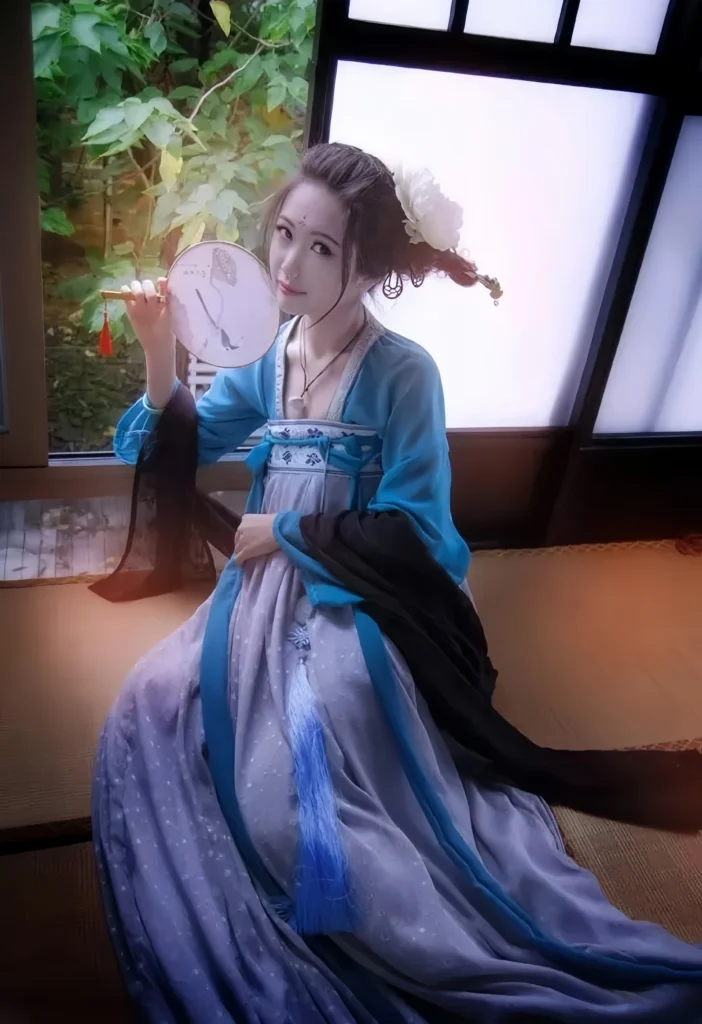
6. Does Hanfu revival reject other ethnic clothing?
Answer: Some resistance to Hanfu revival comes from minority friends, some from Han people fearing conflict — both are wrong. As said, Chinese clothing culture revival is huge — it includes minority clothing too.
Do minority friends only want your outfits worn at festivals or on Spring Festival Gala? That’s not enough. Every minority garment has unique beauty — it should bring cultural and economic value. Japanese kimono sells for hundreds of thousands — can any Chinese minority outfit do that? If yes, you’d lift communities out of poverty. But today, they’re just tourist shows or stage costumes — often distorted. Minority clothing faces real crises, not just “happy dances.”
Han people are numerous, so Hanfu revival has thousands of activists. Why no minority leaders pushing their own clothing? True unity isn’t suspicion — it’s all flowers blooming together. We hope minority friends wake up and build your culture too.
Also, many minority outfits were influenced by Hanfu before the Qing. Now? Keep your style or blend with Hanfu identity? That’s your choice. We won’t force it — and we hope you don’t block Hanfu revival either.
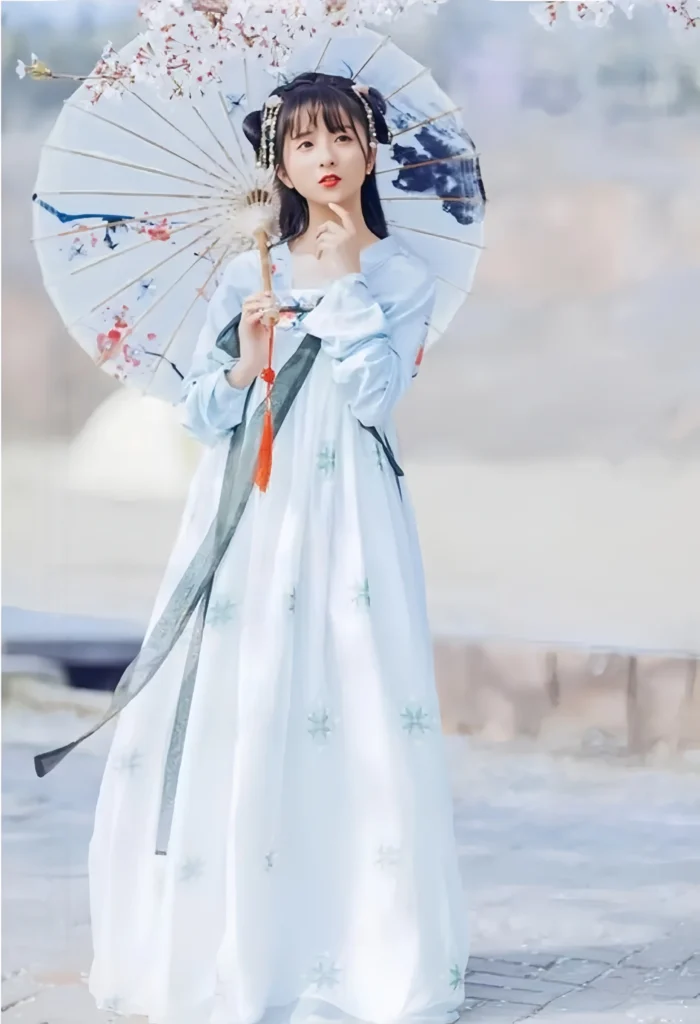
Want to Know More about Hanfu and wear Hanfu confidently?
Check out our Hanfu guide and Hanfu styling guide for real-world tips!



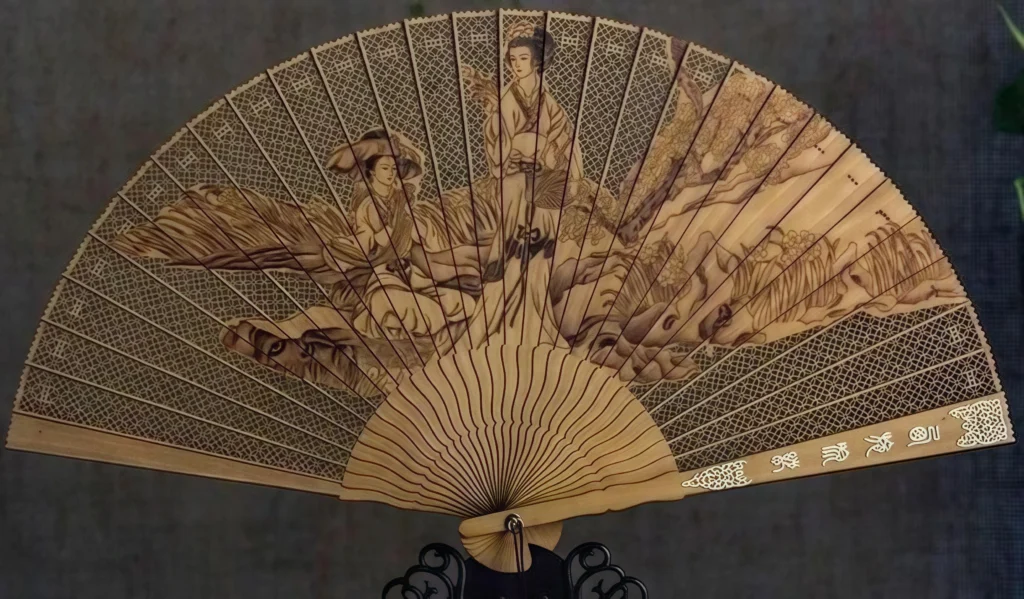

Responses